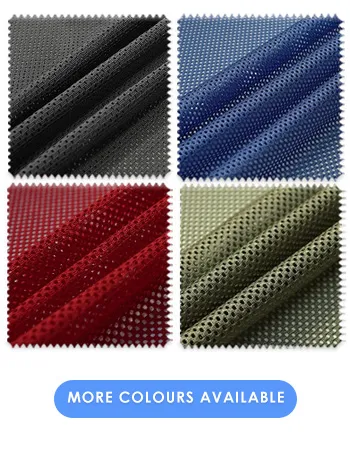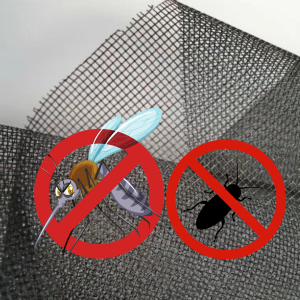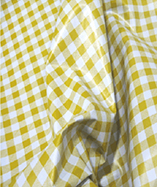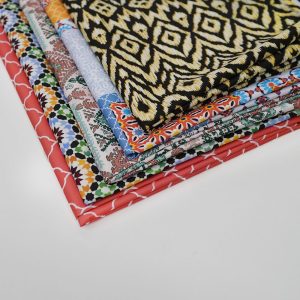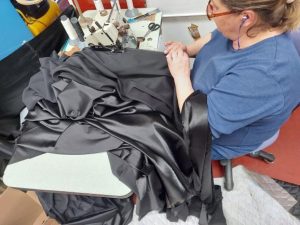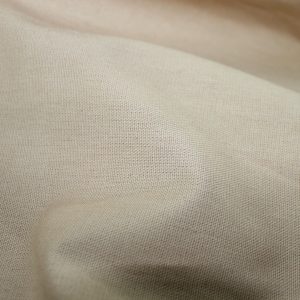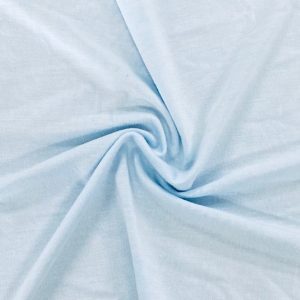Sound Proofing And Enhancing With Acoustic Foam
Two clear reasons for the application of sound regulation foam are to either reduce the sound waves or to enhance them.
We shall be looking into these two reasons along with just a little bit of the science behind why the foam works so effectively.
How it Works
Acoustic foam is formed using polyether or polyurethane.
The material is injected with air to create the fine bubbles within the polyurethane, which is then dried. The finished product is a lightweight spongy material that holds enough density to effect the behaviour of sound waves.

Enhancing Sound
With the correct knowledge and materials, sound waves can be engineered to behave in a manor suited to your needs. Acoustic foam is used strategically inside rooms used for music and speech such as theatres, live music venues, practice rooms, stage schools and recording studios.
The acoustics of a room can vary greatly, some can add a depth to sound whilst some can bounce sound waves around,echoing off walls and resulting in an unclear or even a chaotic sound.
 When recording a voice or instrument the sound waves must be manipulated to get the very best out of the sound, after all it will be recorded for people to listen to and appreciate. Placing acoustic foam in the right areas of a studio will dampen down unwanted resonance within a room and create clearer sound.
When recording a voice or instrument the sound waves must be manipulated to get the very best out of the sound, after all it will be recorded for people to listen to and appreciate. Placing acoustic foam in the right areas of a studio will dampen down unwanted resonance within a room and create clearer sound.
Sound Proofing
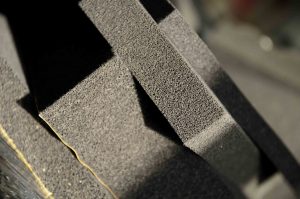 Whilst placing acoustic foam in specific area can enhance sound, you can also significantly reduce sound waves by correct application of acoustic foam. Foam to reduce the resonance of sound waves is widely used in two particular areas of the building industry, domestic living spaces and entertainment businesses. Both of these these spaces benefit greatly from the use of acoustic foam though one is private and one is public, both need soundproofing and In many cases it is a legal requirement.
Whilst placing acoustic foam in specific area can enhance sound, you can also significantly reduce sound waves by correct application of acoustic foam. Foam to reduce the resonance of sound waves is widely used in two particular areas of the building industry, domestic living spaces and entertainment businesses. Both of these these spaces benefit greatly from the use of acoustic foam though one is private and one is public, both need soundproofing and In many cases it is a legal requirement.
Regulations
Buildings used for public entertainment use must adhere to sound proofing regulations, so sound such as music, singing, live bands and general loud conversation doesn’t transfer past the building walls too much. Cinemas have to use a great deal of sound dampening, multiplex cinemas even more so, each screen hall must be designed so that the surround sound and bass reverberations don’t interfere with the other screenings!
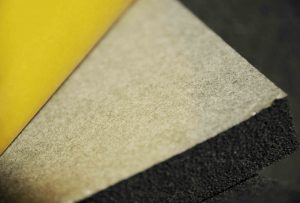
Buildings intended for domestic use also have to follow strict guidelines when splitting a building into flats, and a well put together set of living spaces will include some sound proofing which can double as insulation. Without proper sound proofing the sound of general day to day activities would flow through the rooms, and louder TV and music would certainly create problems. Unfortunately not all flats are built with consideration to noise pollution, but this problem can be helped with careful application of acoustic foam panels.
For information on our range and prices, follow the link to the main website. If you have any questions regarding acoustic foam don’t hesitate to give us a call.
http://www.fabricuk.com/36-foam-material
For free foam fabric samples call us on 0121 359 2349
Fabric UK is your destination for all types of fabric. Whether you’re searching for fabric samples or purchasing by the meter, we make it easy to find exactly what you need.
You can order: Samples, Wholesale, Fabric by the meter
Fill Form for Free fabric samplesSimply visit our website at fabricuk.com or call us directly at 0121 359 2349 for any questions or inquiries.
Visit Our Fabric Showroom
Feel free to visit our fabric showroom anytime – no appointment is necessary!
KBT LTD, Carlton Business Centre, 132 Saltley Road, Birmingham, B7 4TH, United Kingdom
Email Us:
You can reach us at: info@fabricuk.com
Showroom Hours:
- Monday – Friday: 9:30 am – 6:00 pm
- Saturday: 10:00 am – 5:00 pm



